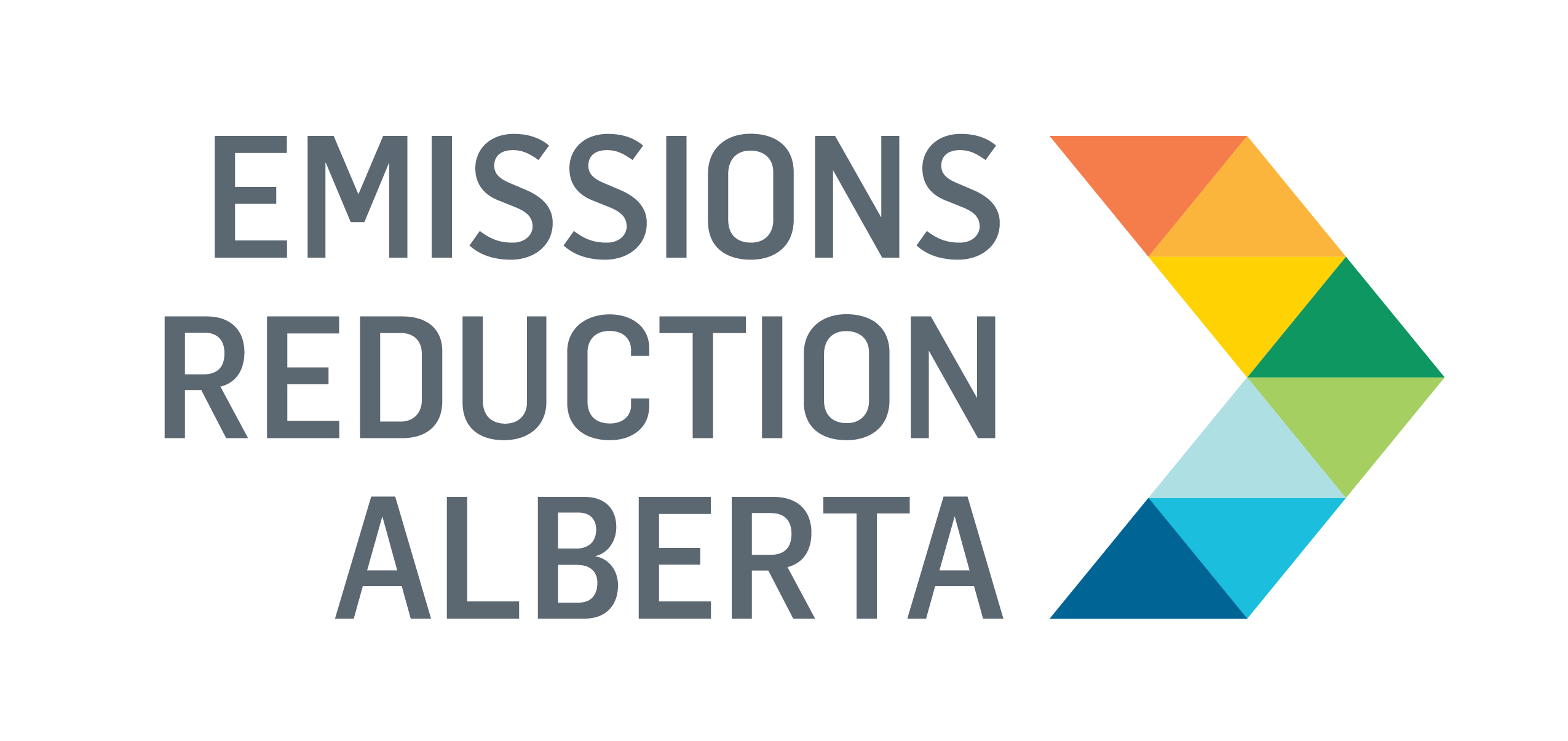Project overview: Demonstration of LanzaTech’s next-generation bioreactor technology
Approved for funding through ERA’s BEST Challenge in 2019, the project demonstrated advancements in gas fermentation technology. Although some challenges to commercialization remain, through this project LanzaTech was able to successfully validate their next-generation gas fermentation platform at demonstration scale.
Gas fermentation is an emerging next-generation biofuels solution that adds an additional step of bio-upgrading following production of syngas or biomass from various feedstocks such as wood waste and forestry thinning debris. LanzaTech is a world leader in gas fermentation technology, with a novel bioreactor design enabling best-in-class gas-liquid mass transfer relative to energy input. This is a game changer when produced gases, i.e. syngas, are used as feedstock because it maximizes the quantity of fuels produced per tonne of biomass in an integrated biorefinery.
This technology could increase efficiency and reduce the costs of gas fermentation for production of ethanol from the off-gas of forestry residue gasification in Alberta. LanzaTech’s gas fermentation platform also has application for conversion of industrial waste gases and agricultural residues. The technology reduces GHG emissions by recycling waste carbon from the gasification process back into biofuels products, thereby reducing CO2 emissions while producing low-carbon liquid fuels and chemicals.
There are many target customers for this technology including several hard-to-decarbonize sectors, such as aviation (jet fuel from ethanol) and consumer goods (materials from fermentation-derived chemicals). LanzaTech has a subsidiary, LanzaJet, focused specifically on Sustainable Aviation Fuel. In addition to producing ethanol, the microbial biocatalyst by-product can be sold as animal or fish feed.
Project Results: Validation of Cost & GHG Reductions in a Scalable Reactor Design
ERA funding filled a critical gap in the technology development pathway, de-risking the technology at an essential stage where bioreactor scale up challenges were faced. Throughout the project LanzaTech’s biggest learnings were related to technology scale up and the detailed engineering required for full scale implementation.
While the project faced some challenges, the major project successes were achieved, including, demonstrating higher gas-liquid mass transfer in the bioreactor compared to current best-in-class technology; validating the opportunity for much greater gas conversion; improvements to the design yielding substantial systems-level capital and energy savings; and, de-risked application of the technology in multiple types of commercial facilities. Some challenges remain, however, in integrating the pilot gasifier and gas fermentation technologies.
The project achieved ethanol production with a carbon intensity of 21.0 kgCO2e/MJ using grid electricity. In a commercial setting this would yield an emission savings compared to conventional gasoline of 79.2 kgCO2e/MJ or 114 kgCO2e/MJ if using grid power or 100 per cent renewable power, respectively.
What’s Next?
LanzaTech is evaluating the engineering design for large scale commercial implementation of this technology and determining the best markets for early adoption. A significant market opportunity is expected in the Sustainable Aviation Fuel market.
